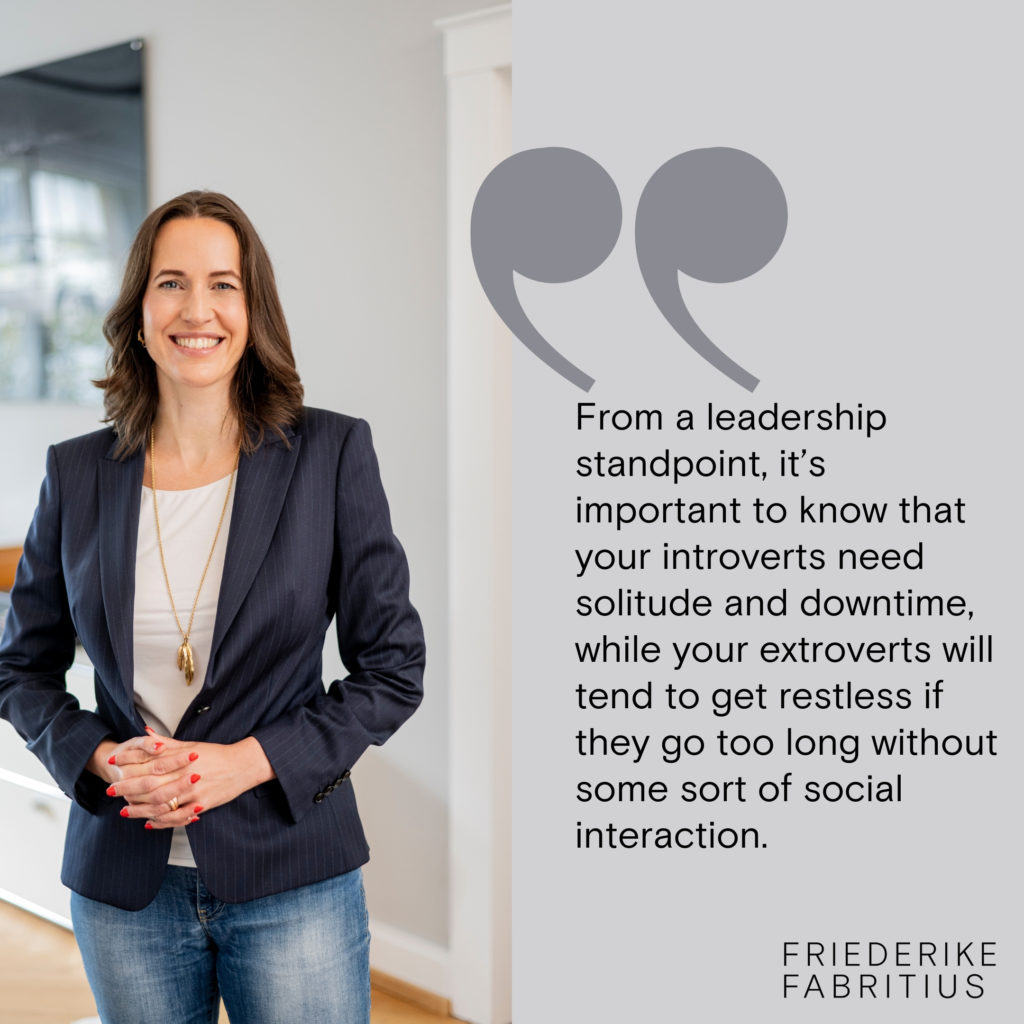Introverts matter
Offices are primarily designed by extroverts.
Unfortunately, between one third and one half of the people who work in those offices identify as introverts.
If you’re thinking, “What’s the big deal?” you’re probably not an introvert.
Glass partitions, offices without doors, not to mention the classic “open plan” office often receive rave reviews from extroverts, who admire their emphasis on transparency and collaboration.
But for many introverts these same setups can be a nightmare, a constant source of discomfort. The fact that their colleagues can watch them as they write, talk on the phone, and even eat their lunches at the desks generates an instinctive threat response.
If you’re unaware of all these potential problems, it’s probably because you haven’t been asking the right people. The most effective teams embrace and adapt to the different strengths and styles of their members.
If everyone on the team seems to like your “open plan” setup that can actually be a bad sign not a good one. This homogeneity may encourage comfort and collegiality, but it can often come at the expense of creativity and innovation. Although the terms diversity and inclusion may be on the tip of everyone’s tongue these days, their definitions can sometimes be sadly shortsighted.
When designing an office layout, strive to include the diverse variety of backgrounds and mindsets – including introversion – that are characteristic of today’s workplace. It’s possible to accommodate both extroverts and introverts, but only if you make a point to bring everyone into the discussion at the outset.
